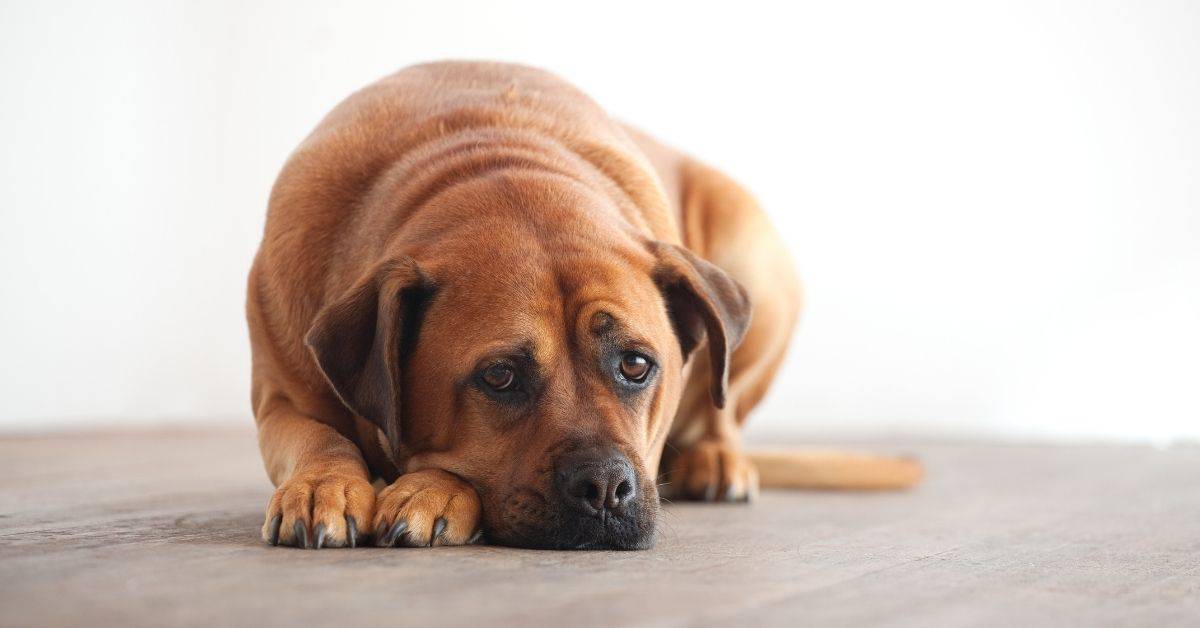Dog prolapses are very painful for your dog.
Therefore, it’s normal that dog owners want to know how they can help their furry friends at home.
We only briefly cover how to heal rectal prolapses at home because it is not much you can or should do to help your dog at home.
On rare occasions, put on latex gloves and gently push a small one back into the anal opening. However, they frequently reoccur because of an underlying medical cause.
The risks of injuring the rectum trying to reduce most prolapses at home outweigh any good you could achieve.
Keep the exposed rectum as moist as possible and seek immediate veterinary attention.
But for sure, there are several things you can do for your dog if he has a prolapse.
As you know now the answer to the question “how to heal dog prolapse at home”, continue reading to get more information.
And also, there are a few things you have to know as a dog owner.
These are the topics we’ll cover in this article.
How To Treat Your Dog’s Vaginal Prolapse
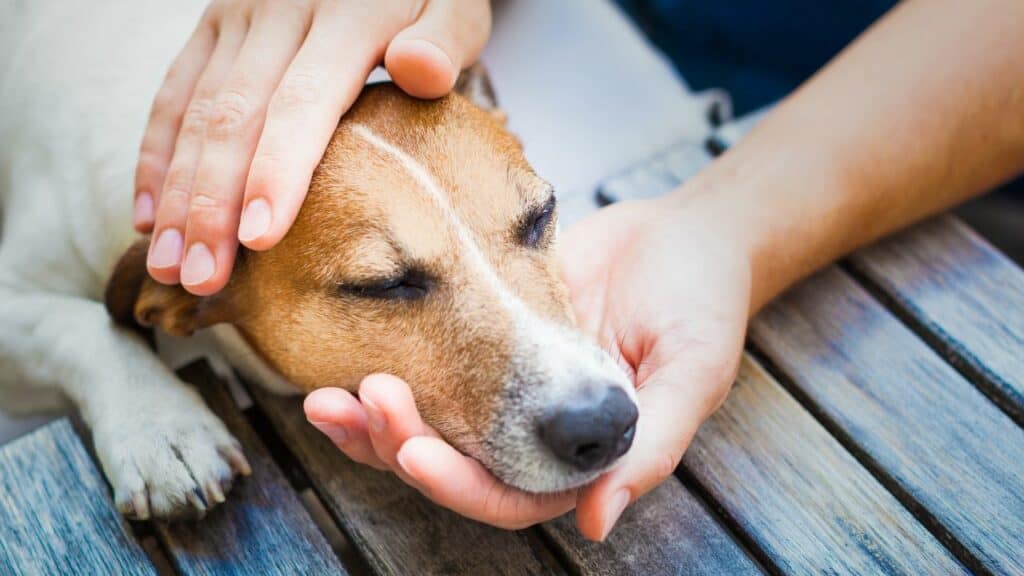
Same as anal prolapse, vaginal prolapse can be challenging to manage.
Treatment is generally not urgent if the dog can urinate, and outpatient care is advised.
If the bulk causes a blockage, emergency hospitalization and treatments are required.
Most occurrences of vaginal prolapse can be reversed with adequate time since it can resolve during specific times of the estrus cycle.
Treatment options include:
A urinary catheter in patients who cannot urinate
Hormonal treatment to induce ovulation
Antihemorrhoidal creams are applied to prolapsed tissue
Surgery to remove the hyperplastic tissue may be necessary, particularly when the tissue is severely injured, devitalized (dead), or obstructed by urinary stones
If you want to know more about dogs’ heat cycle, period cramps, and pains, continue reading here.
Emergency Measures You Can Take

The dog’s vaginal prolapse is initially treated at home; in case of emergency, you can take care by yourselves.
Among the care provided at home are:
Cleaning with saline water and lubricating the areas with appropriate good jellies
To reduce trauma, buffer the environment (avoid direct contact with concrete or rough surfaces).
An Elizabethan collar to prevent overindulgence in gnawing and licking; diapers could reduce the tissue’s contact with the environment and the patient.
Despite treatment, two out of every three sick dogs had a recurrence during the subsequent estrus.
Ovariohysterectomy (spay) delays recurrence and potentially speeds up recovery.
Symptoms Of Rectal And Anal Prolapse In Dogs
Symptoms of rectal and anal prolapse in dogs can vary from severe to normal depending upon the dog’s body appearance.
The struggle to urinate or dump is another common symptom of rectal prolapse in dogs.
You might notice a tube-shaped mass of tissue poking out of the anal canal as they are straining.
When it comes to a mucous prolapse in dogs, you will notice a red, inflamed donut-shaped ring that will protrude from the animal’s anus.
After your dog stops straining, the exposed tissue with a partial anal prolapse can return to its original place.
Without treatment or surgery, tissue in a complete anal prolapse typically won’t return to its normal position.
Causes Of Rectal And Anal Prolapse In Dogs
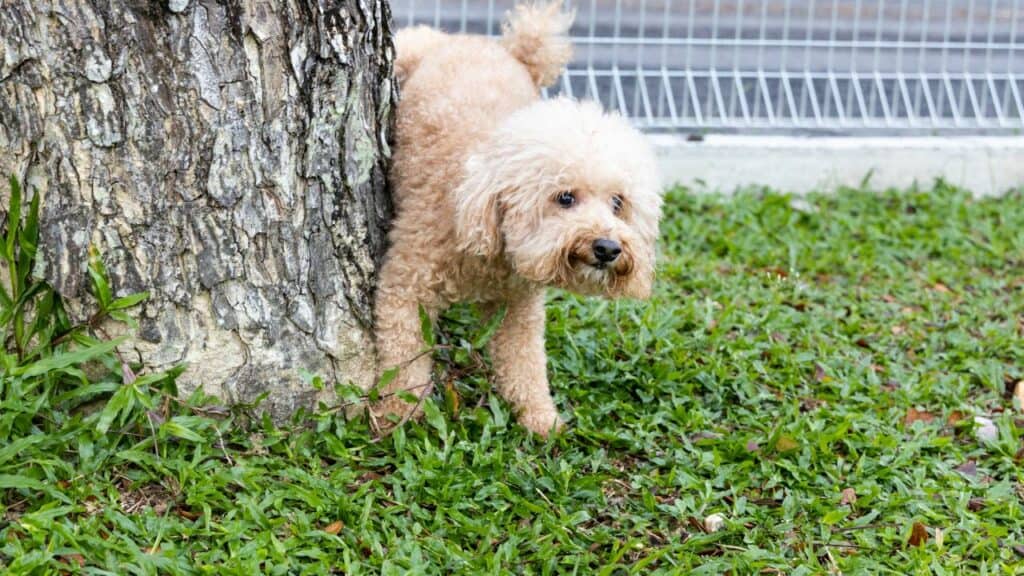
Rectal prolapse in dogs occurs more commonly when a dog is giving birth or straining to defecate and is visible to the naked eye; other typical causes of rectal and anal prolapse in dogs include:
Excessive poop because of extreme diarrhea
Severe constipation
Inflammation of the intestinal tract
Straining to pee because of a urethral obstruction or enlarged prostate gland
Obstruction of the bowels
Fecal impaction
Straining in pregnant females with dystocia
Anorectal obstruction/ anorectal tissue issues
External female genital organ disabilities
Rectal polyps/ rectal tissue
Tumors in the rectum or anus
How Veterinarians Diagnose Rectal And Anal Prolapse In Dogs
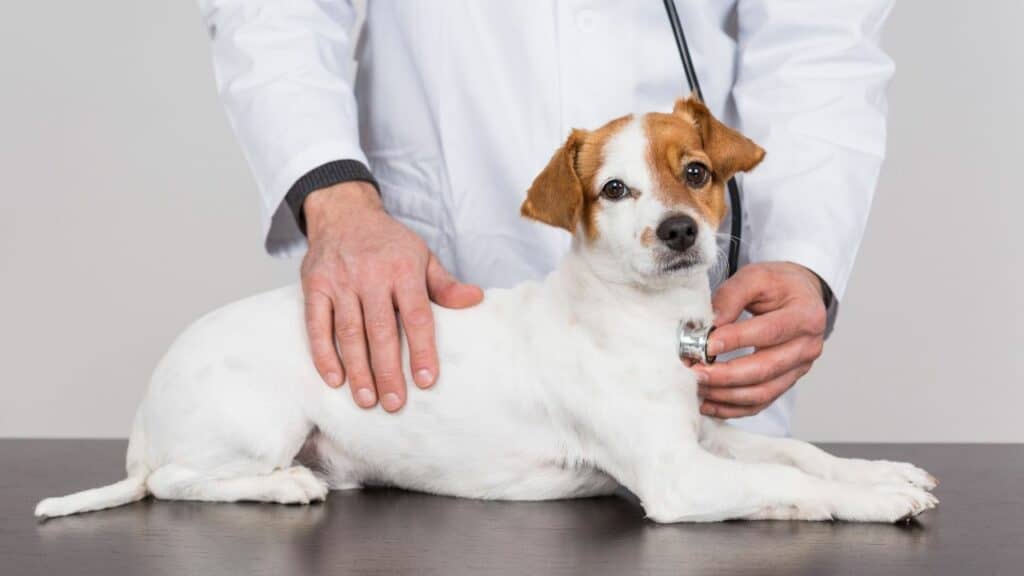
Rectal or anal prolapse can be diagnosed by performing a thorough physical examination on the dog and manually feeling the rectum.
Protruding tissue from the anal opening in a long tube if the prolapse is complete and severe.
Depending on how long these tissues are exposed, they may swell or change color.
Abdominal X-rays and ultrasounds are valuable diagnostic tools for your dog.
By using these diagnostic aids, your veterinarian can determine:
Obstruction in the bowel movement
Urethral or kidney stones
Bladder wall thickening
Prostate enlargement
Retention of fetuses in recently given birth female dogs
A fecal investigation must be performed to detect parasites.
An increase in white blood cells in your dog’s blood indicates inflammation or systemic infection and can be seen through bloodwork.
A complete prolapse treatment is more complex and may require surgical treatment.
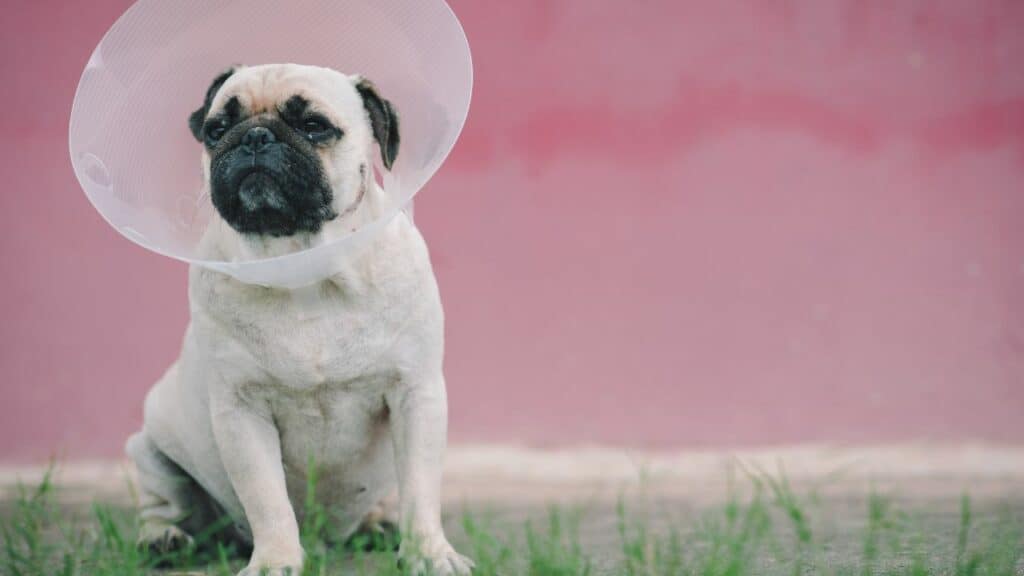
What Are The Complications Of Severe Prolapse?
The following can be the complications of severe prolapsed tissue protruding:
Extreme hyperplasia causes significant swelling, and its proximity to the urethra might interfere with normal urination
Ulcers and infections can form on the exposed skin if it dries out
Desiccated tissue is more likely to develop fissures; these then develop into infectable pathways
While some canines may seem completely normal, others may show severe genital agony
What Are The Different Severities Of Canine Vaginal Prolapse Related To Heat Cycles?
Hyperplasia, or the excessive growth of vaginal tissues, is not a common side effect of heat cycles in dogs.
Nonetheless, “hyperplasia” describes the side effects of estrogen stimulation on the vaginal mucosa.
Still, edema dominates over proliferation in most cases.
Hyperplasia is classified, while stages refer to prolapses.
For instance, the symptoms of Type 1 hyperplasia are identical to those of early onset prolapse.
Stage 1 – slight or no vaginal tissue projection; a lack of interest in mating could be your dog’s only symptom.
Stage 2 – Vulvar tissue protrudes dorsally and laterally through the vulva; it’s about the size of a macadamia nut or a tiny pear.
Stage 3 – An outgrowth of vaginal tissue that extends entirely around the vulva; a doughnut-shaped hole has formed in the afflicted tissue.
Depending on how you define a medical emergency, it may or may not be an emergency in stage 3, but you should still get your pet to the vet as quickly as possible.
Before You Go…
Now you know the answer to the question, “How to heal dog prolapse at home?”.
If you want to learn more, read the following articles too!

